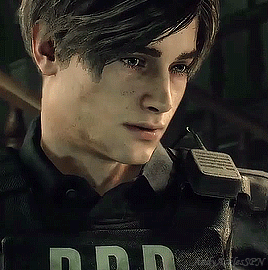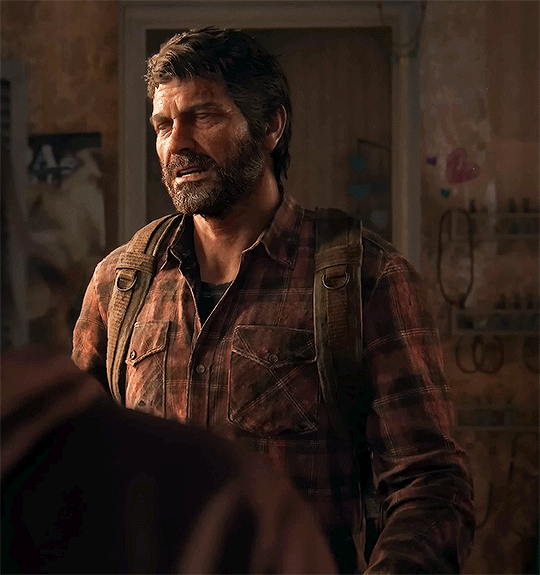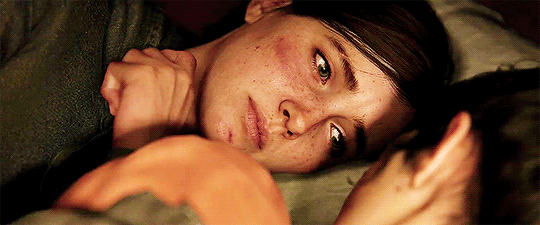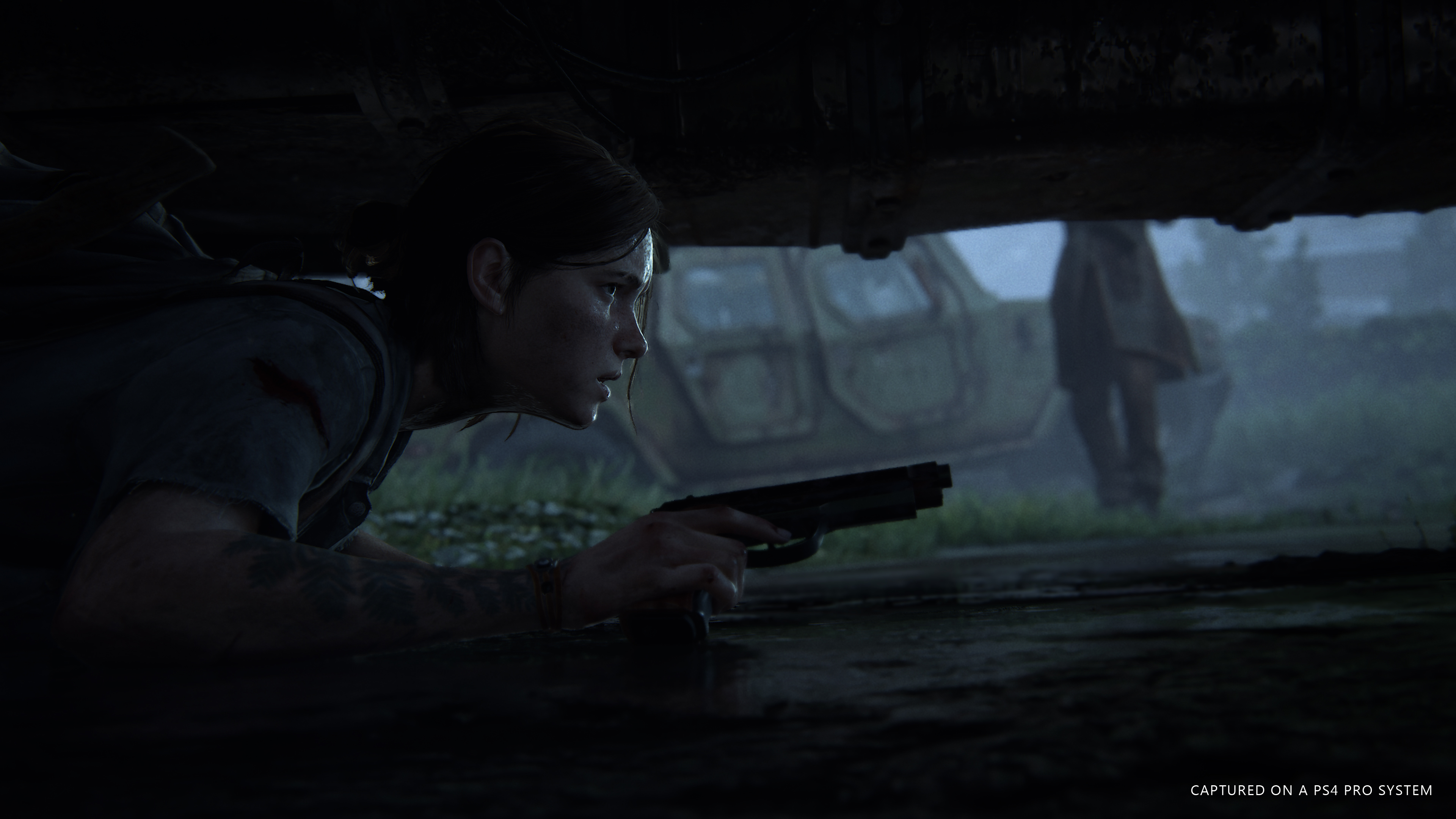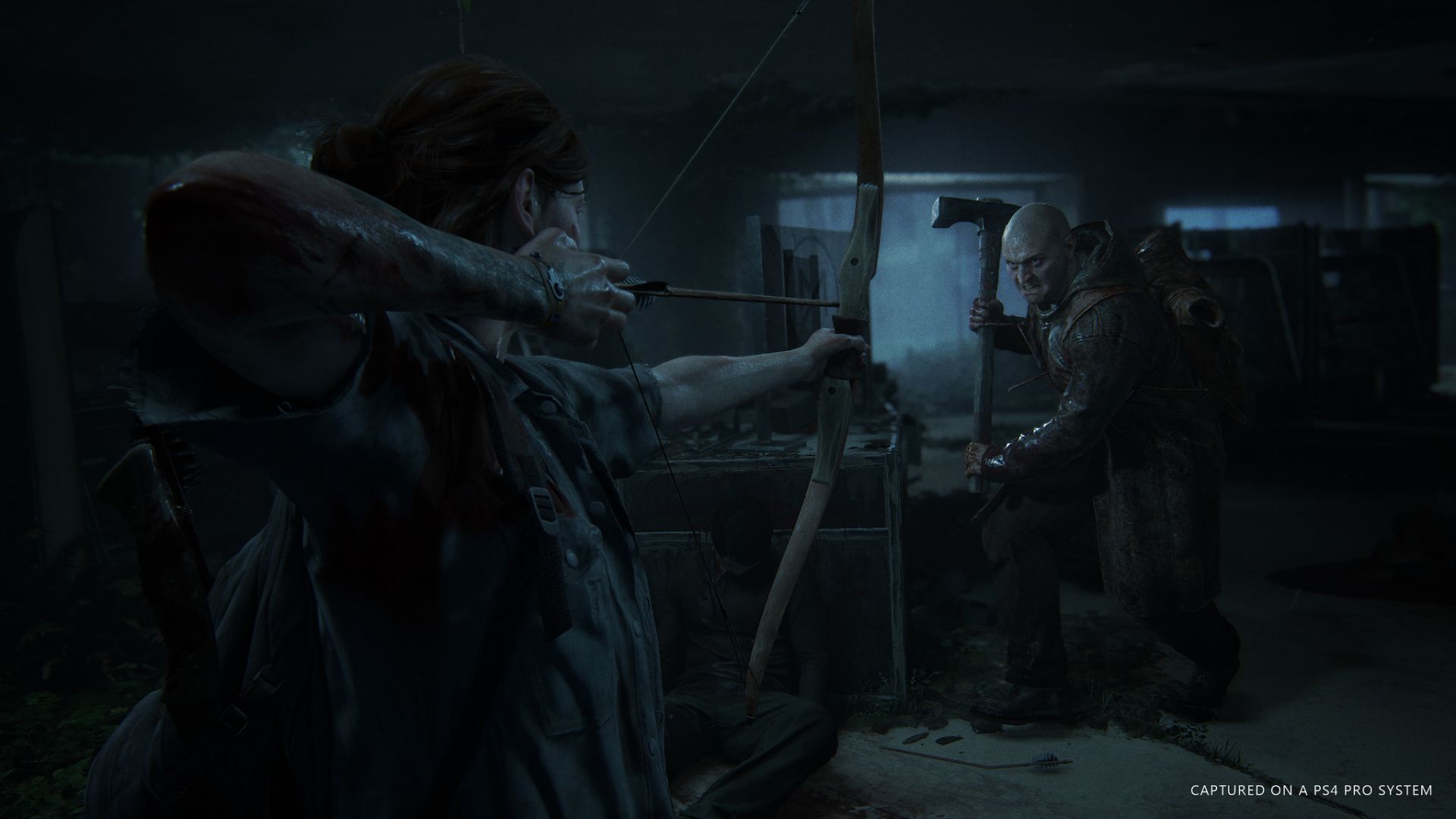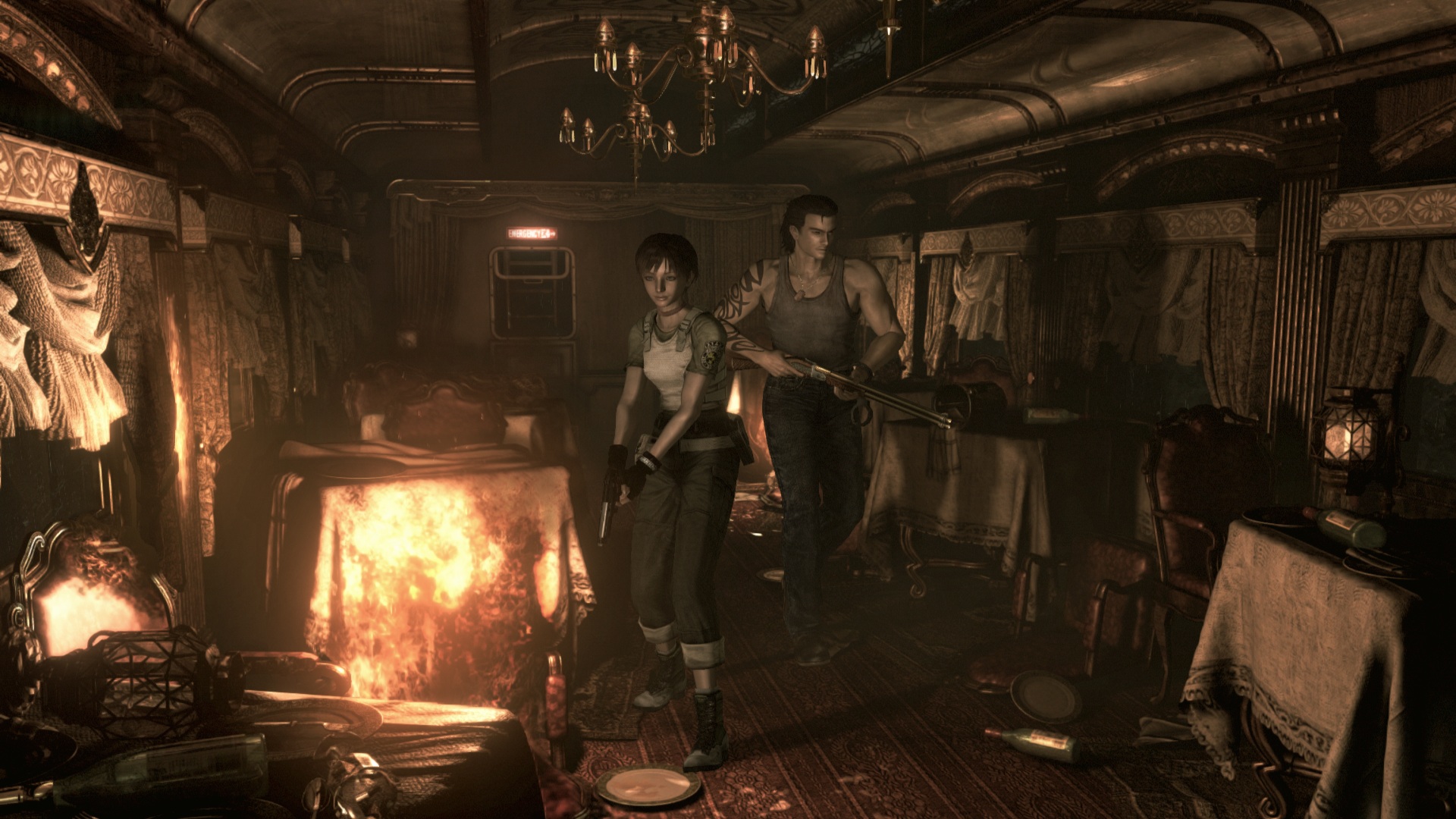BTW, for those still unclear on what "hero lighting" is, it's not a tech, it's a technique (though there is tech to it). Hero lighting (or really subject lighting) is when you customize the lighting rig for the subject of the shot/scene.
In film, pretty much every shot of a major movie (where possible) is lit individually for the person or people on camera. Maybe Tom Holland looks best with traditional Rembrandt lighting so long as not too much side-light hits his ears and makes him look elfish; maybe Zendaya needs a hair kicker and extra bronze bounceboard to pick up her skintone; maybe Willem Dafoe needs a low-angle light to help him seem ghoulish. You can move those lights around as needed, turn them on and off for every shot-reverse-shot, and even barndoor them down so that multiple types of lights are hitting each subject in the same shot (provided they stay in their space and you can hide the spillover.)
Games, however, are interactive. So, you've got a problem; the character moves when and where the player wants them to move, and they can and will be led into "bad lighting" situations easily. (Realistically, the accuracy of lighting across a scene didn't matter until modern times because there were barely any true lighting sources in a scene, but even in the rudimentary days of N64 I remember a pit in Star Wars SOTE where Rendar jumps into a pit and it's out of the lighting grid so both the character and level geometry was dark, and I remember thinking, "Well, this is realistic... but I can't play the frickin' game in pitch-black darkness!" The old way to combat this would be to paint a variety of nice "lighting" textures onto the character model and turn on the ones that look best depending on the location or other factors. (You can see this in old PS2 games when for example you go under like a bridge, and if you run fast and then stop right on the edge of daylight, you can actually see the "shadow" fade in and move across your body at what would have been your pace of forward movement.) Horizon: Forbidden West is taking a rather new approach by having invisible lightsources follow your character and light her from angles independent from the global illumination and other light effects. (Probably those other lights also factor in, but Aloy has a floating key and fill wherever the designers think will make her look good, no matter whatever else is lighting the scene. Hopefully your eyes don't catch that it makes no sense for light to always be above her kicking her hair even in a dingy enclosed space, and hopefully it looks so cool (and helps you maintain visibility of the character in the complex environments) that you just don't care whether it looks right or not.
BTW, the concept of "hero lighting" is not new to games, in terms of cutscenes. FMV of course could light like film and so heroes could get their own special lighting, but even in realtime cutscenes, lighting could be adjusted per character so long as the player never has control of the camera to see the lighting change. Check out this Boundary Break of Spider-Man, for example; the scene has a general lighting scheme, but then each character/subject gets their own lighting setup for each shot. (You can even see in one shot that Doc Oc and Peter have multiple different lighting setups on them depending on if they're in close-up, wide shot, or being scene from behind.)


